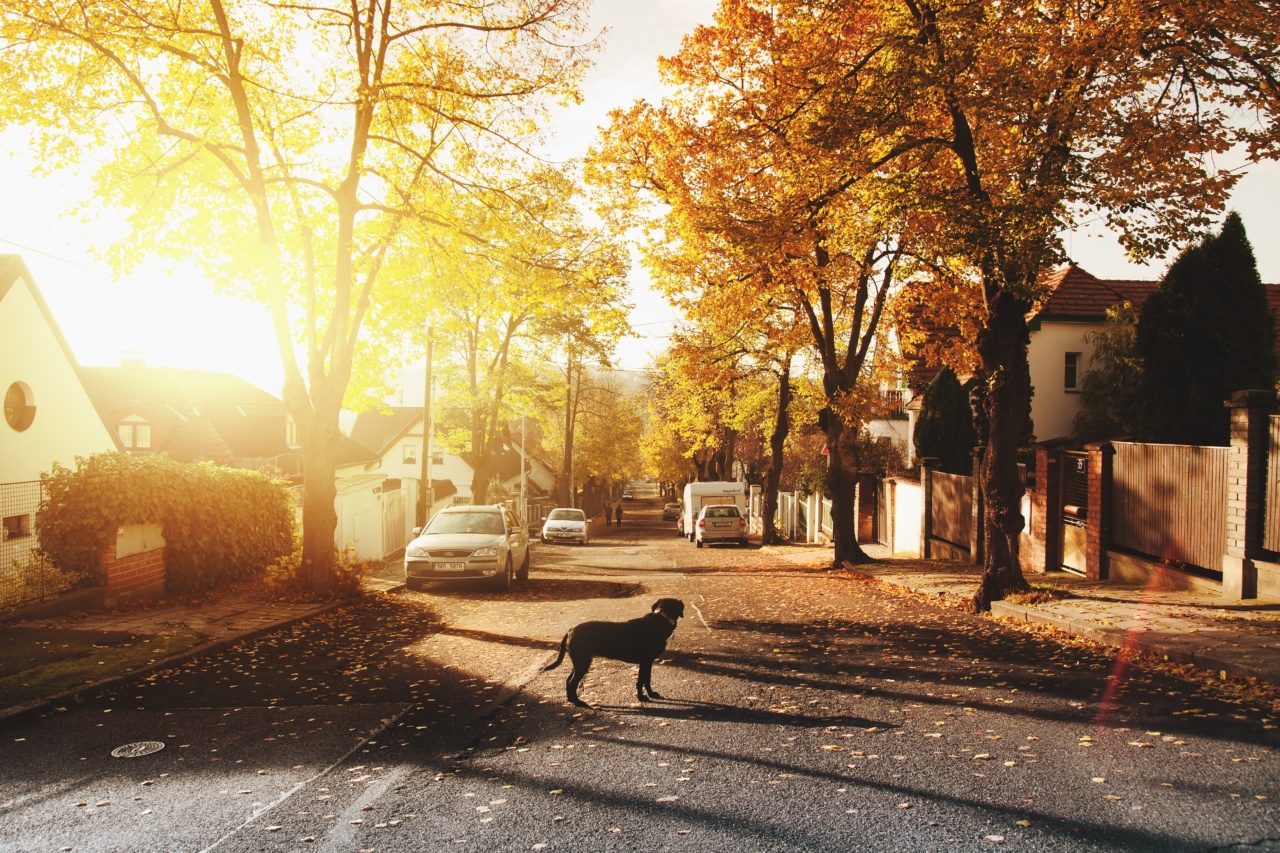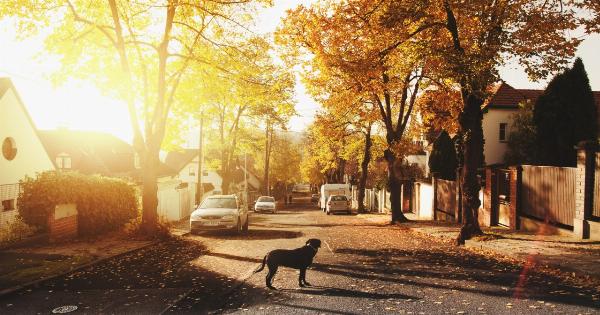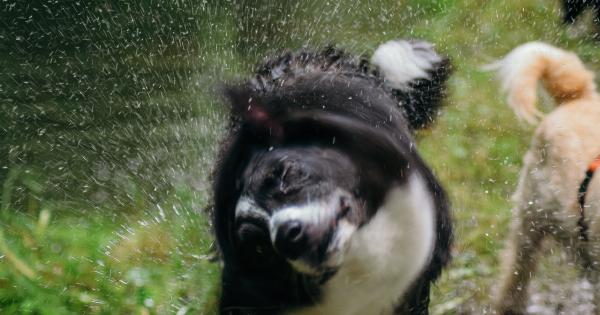Nervous dogs can be a handful to deal with. Their anxiety and fear can manifest in various unwanted behaviors, leading to a stressful experience for both the dog and their owner.
However, with patience, understanding, and proper training techniques, it is possible to help a nervous dog overcome their fears and develop into a confident and well-adjusted canine companion. In this step-by-step guide, we will explore effective strategies to deal with a nervous dog and provide insights into helping them thrive in various situations.
Understanding Your Nervous Dog
Before you can effectively help your nervous dog, it is crucial to understand the root causes of their anxiety.
Dogs can become nervous due to various reasons, such as lack of socialization, traumatic experiences, genetic predispositions, or even medical conditions. Observing and recognizing the triggers that make your dog nervous is the first step towards helping them cope with their anxiety.
Creating a Safe and Calm Environment
A calm and safe environment is essential to help a nervous dog feel secure and alleviate their anxiety. Here are a few steps you can take:.
-
Provide a designated safe space
Designate a specific area in your home where your dog can retreat and feel safe. This area should include their bed, toys, and familiar scents. Gradually introduce your dog to this safe space, avoiding any sudden changes that might trigger their anxiety.
-
Minimize exposure to stressors
Identify the specific situations, people, or objects that make your dog nervous and try to minimize their exposure to them.
For example, if your dog gets anxious around strangers, plan controlled and positive interactions with new people to help them gradually overcome their fears.
-
Establish a routine
Dogs thrive on routine, and a consistent schedule can help provide a sense of security and reduce anxiety. Set specific times for meals, walks, and playtime, ensuring your dog knows what to expect each day.
Socialization and Desensitization
Socialization and desensitization play crucial roles in helping a nervous dog become more confident and comfortable in various situations. Here’s what you can do:.
-
Positive social interactions
Gradually expose your dog to positive social interactions with other dogs and people. Start with controlled environments such as obedience classes or playdates with well-behaved dogs.
Reward your dog for calm and appropriate behavior, helping them associate positive experiences with socialization.
-
Gradual exposure to triggers
If specific triggers make your dog nervous, such as loud noises or unfamiliar places, work on gradually desensitizing them to these stimuli. Start with minimal exposure and gradually increase the intensity or duration of the trigger.
Pair exposure with positive rewards, such as treats or praise, to create positive associations.
-
Professional help
Consider enlisting the help of a professional dog trainer or behaviorist who specializes in working with nervous dogs. They can provide expert guidance tailored to your dog’s specific needs and help you navigate through the training process.
Positive Reinforcement and Training Techniques
Positive reinforcement is a powerful tool when training a nervous dog. Here are some training techniques to consider:.
-
Clicker training
Clicker training uses a clicker as a signal to mark desired behaviors. This technique allows for precise communication with your dog and helps create a positive association with a reward.
It is particularly effective for nervous dogs as it focuses on rewarding good behavior rather than punishing unwanted behavior.
-
Reward-based training
Use treats, praise, and affection as rewards for desired behaviors. When your dog exhibits calm and confident behavior, provide them with immediate positive reinforcement.
This strengthens the connection between the desired behavior and the reward, motivating your dog to continue displaying positive behaviors.
-
Short training sessions
Keep training sessions short and focused to prevent overwhelming your nervous dog. Regular but brief sessions provide opportunities for learning without causing excessive stress or frustration.
-
Consistency and patience
Consistency and patience are key when working with a nervous dog. Avoid punishments or yelling, as these can further escalate their anxiety. Instead, focus on positive reinforcement and gradually build their confidence over time.
Alternative Therapies and Supplements
In addition to training techniques, alternative therapies and supplements can be beneficial for nervous dogs when used alongside professional guidance. Some options to explore include:.
-
Aromatherapy
Calming scents, such as lavender or chamomile, can help alleviate anxiety in dogs. Consult with a professional aromatherapist to ensure the safe use of essential oils around your dog.
-
Thundershirts
Thundershirts are specially designed vests that apply gentle pressure to your dog’s body, providing a sense of security and reducing anxiety during stressful situations, such as fireworks or thunderstorms.
-
Supplements
Supplements containing natural ingredients like chamomile, valerian root, or L-theanine can promote relaxation in dogs. Always consult with your veterinarian before introducing any new supplements into your dog’s diet.
Building Trust and Bonding
Building a strong bond based on trust is essential for a nervous dog’s overall well-being and confidence. Here are some tips:.
-
Patience and empathy
Approach your nervous dog with patience, understanding, and empathy. Avoid forcing them into uncomfortable situations but gently encourage them to explore and experience new things at their own pace.
-
Positive associations
Create positive associations with experiences that make your dog nervous. For example, if car rides trigger anxiety, start with short, leisurely drives and pair them with enjoyable activities or treats to create a positive connection.
-
Bonding activities
Engage in bonding activities such as interactive play, puzzle toys, or gentle massages to strengthen the bond between you and your dog. These activities promote trust and help your dog associate positive experiences with your presence.
Seeking Professional Help
While the strategies discussed in this guide can be beneficial for many nervous dogs, it is important to remember that every dog is unique. If your dog’s anxiety persists or escalates, it is crucial to seek professional help.
A qualified veterinarian or a certified dog behaviorist can provide a tailored approach to address your dog’s specific needs and offer further guidance.
Conclusion
Dealing with a nervous dog may require time, patience, and consistency, but the rewards are immeasurable.
By understanding your dog’s anxiety, creating a safe environment, utilizing positive reinforcement techniques, and seeking professional guidance when necessary, you can help your nervous dog overcome their fears and develop into a confident and happy companion. Remember, building trust and a strong bond is key to nurturing your dog’s mental well-being and ensuring a harmonious relationship.

























